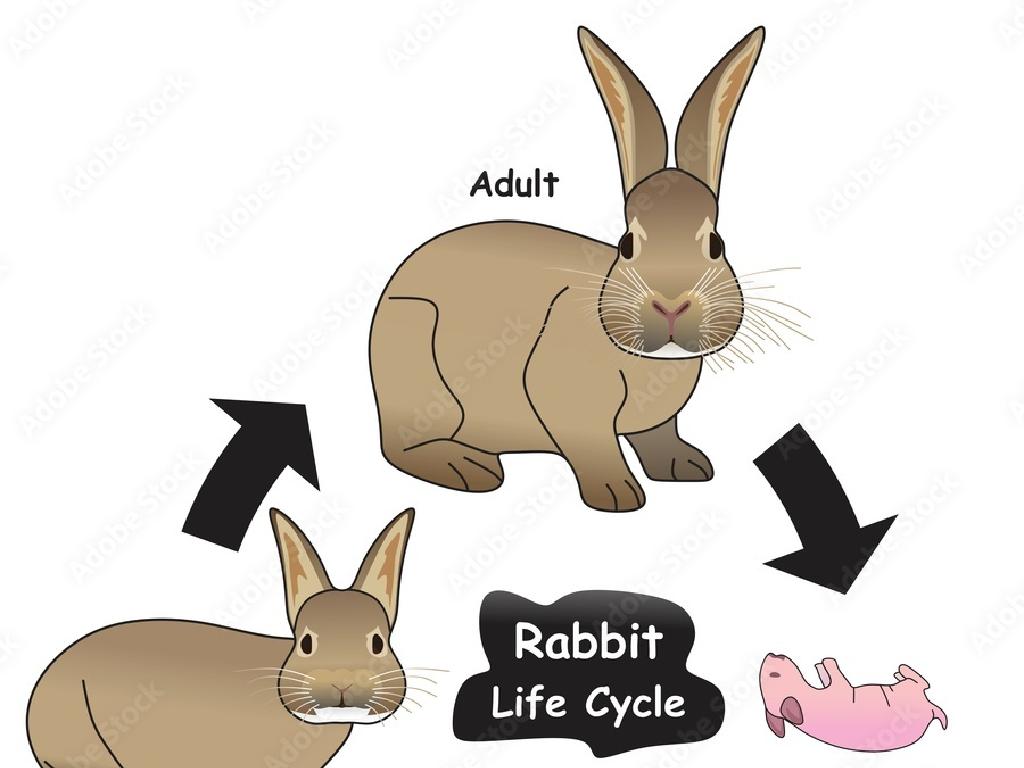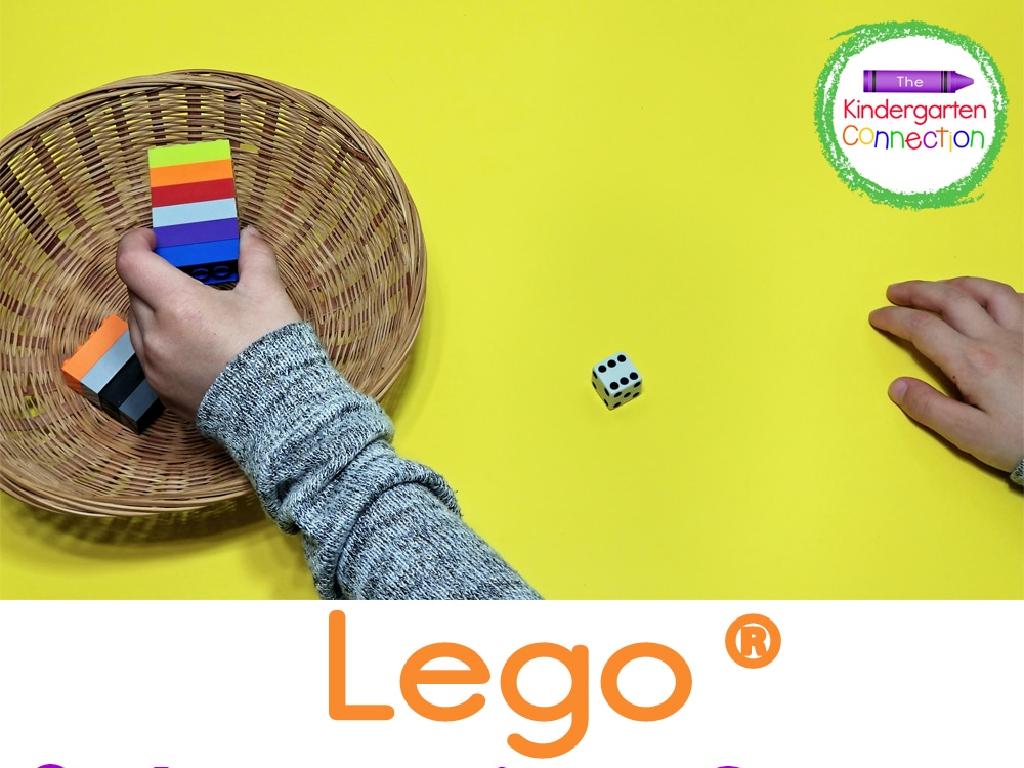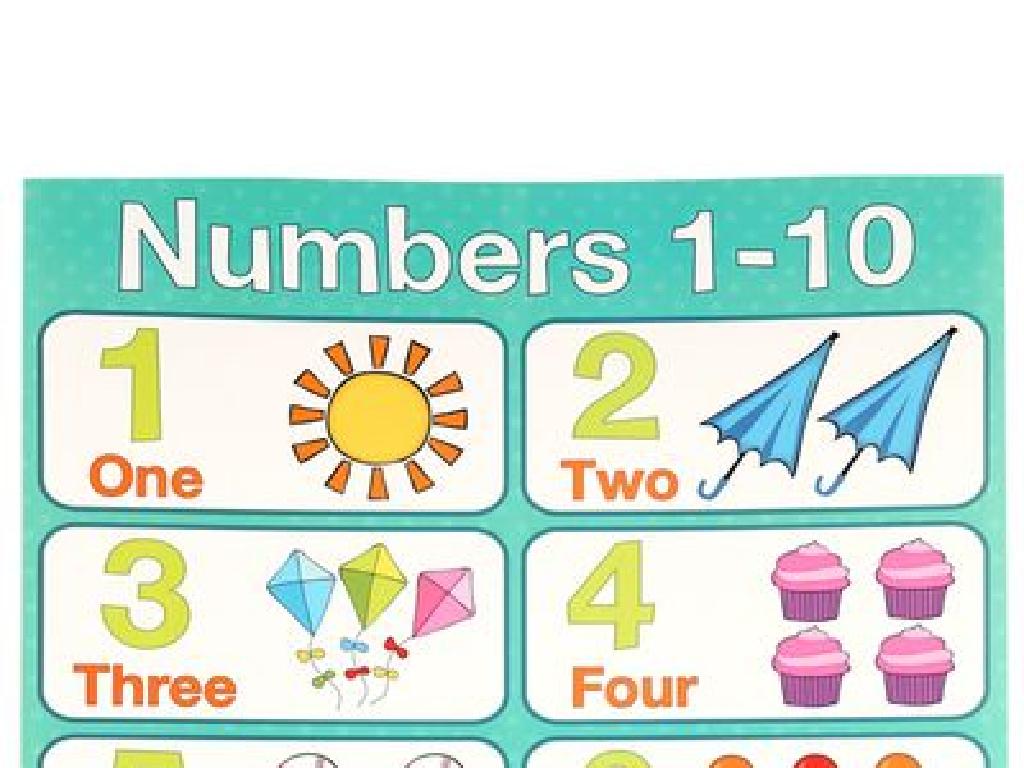Identify Magnets That Attract Or Repel
Subject: Science
Grade: Second grade
Topic: Magnets
Please LOG IN to download the presentation. Access is available to registered users only.
View More Content
Welcome to the World of Magnets!
– Discover what magnets are
– Magnets are objects that can pull certain metals towards them
– Explore magnets in daily life
– Fridge magnets hold notes, magnetic toys, compasses use magnets
– Learn how magnets attract or repel
– Like poles repel, unlike poles attract each other
– Fun facts about magnets
– Did you know Earth is like a giant magnet?
|
Begin the lesson by introducing magnets as objects that can pull or push away certain metal objects. Explain that magnets are everywhere in our daily lives, from the fridge magnets that hold up drawings and notes, to toys and even in devices like compasses. Discuss how magnets have two poles, north and south, and that like poles repel each other while opposite poles attract. Share fun facts to spark interest, such as how the Earth itself acts like a huge magnet with its own magnetic poles. Encourage students to think of and share examples of magnets they have encountered. This will set the foundation for understanding the basic properties of magnets and their relevance to everyday life.
What is a Magnet?
– Magnets attract certain metals
– They can pull objects made of iron or steel
– Magnets have North and South poles
– Every magnet has two ends, each called a pole
– Opposite poles attract each other
– North pole of one magnet pulls South pole of another
– Like poles repel each other
– Two North poles or two South poles push away from each other
|
Introduce the concept of magnets to the students by explaining that a magnet is a special object that can pull (attract) certain metals like iron and steel towards itself. Highlight that every magnet has two poles, named North and South. Use simple language to explain that opposite poles attract, meaning they pull towards each other, while the same poles (North with North, South with South) repel, or push away from each other. You can demonstrate this with bar magnets or fridge magnets. Encourage the students to think about and share experiences they’ve had with magnets, like on a refrigerator door. This will help them relate to the concept and understand the properties of magnets in a tangible way.
Exploring Magnetism: Attraction
– Discover materials magnets attract
– Magnets attract iron, nickel, cobalt
– These are magnetic materials found in many objects.
– Not all metals are magnetic
– For example, copper and aluminum are not magnetic.
– Test different objects with a magnet
– Bring objects from home to see if they stick to a magnet!
|
This slide introduces students to the concept of magnetism, specifically which materials are attracted to magnets. Emphasize that not all metals are magnetic, and provide examples of both magnetic (iron, nickel, cobalt) and non-magnetic metals (copper, aluminum). Encourage students to think about everyday objects that might contain these materials. As an activity, students can bring various objects from home to test their magnetic properties. This hands-on experience will help solidify their understanding of magnetism and the types of materials that are influenced by magnets.
Magnetic Attraction
– Magnets pull on certain objects
– Iron filings show magnetic pull
– Sprinkle filings near a magnet to see the attraction pattern
– Predicting magnet interactions
– Guess which objects a magnet will attract before testing
– Experiment with various objects
|
This slide introduces the concept of magnetic attraction to second graders. Begin by explaining that magnets have a special force that can pull certain objects towards them. Use iron filings to visually demonstrate how magnets attract; the filings align along the magnetic field lines, which is fascinating for students to observe. Encourage the children to make predictions about what will happen when a magnet is brought close to various objects, fostering critical thinking. During the class, provide a variety of objects for the students to test their predictions and see which are attracted to the magnet, such as paper clips, coins, plastic toys, etc. This hands-on activity will help solidify their understanding of magnetic attraction.
Magnetic Repulsion
– Like poles repel each other
– This is magnetic repulsion
– Real-life examples of repulsion
– Maglev trains, fridge magnets avoiding each other
– Understanding repulsion with activities
– Use bar magnets to feel the push
|
This slide introduces the concept of magnetic repulsion to second-grade students. Begin by explaining that magnets have two poles, north and south. When the same poles of two magnets (like north and north or south and south) are brought close together, they push away from each other, which is known as magnetic repulsion. Provide real-life examples such as maglev (magnetic levitation) trains that use magnets to lift and propel the train forward without touching the tracks, or two fridge magnets that won’t stick together when their like poles are facing each other. Encourage students to think of other examples where they might have seen magnets repel. Conclude with a hands-on activity where students can use bar magnets to feel the repulsive force by trying to push the like poles together. This tactile experience will help solidify their understanding of the concept.
Hands-On Activity: Magnetic Hunt
– Explore with magnets around the class
– Discover which objects are magnetic
– Use the magnet to test different items
– Record all magnetic objects found
– Use the worksheet to list your items
– Discuss findings with the class
|
This slide introduces a hands-on activity where students will use magnets to explore their classroom and identify magnetic objects. Provide each student with a magnet and a worksheet to record their findings. Explain that not all materials are attracted to magnets and that they should test a variety of objects. Encourage them to predict which objects will be magnetic before testing. After the hunt, facilitate a discussion where students can share what they found and reflect on why certain objects were or were not magnetic. This activity will help them understand the concept of magnetism through practical experience.
Class Activity: Magnet Maze Exploration
– Create your own magnet maze
– Guide metal with a magnet
– Use the magnet to move a metal object through the maze
– Learn push and pull forces
– Magnets can attract (pull) or repel (push) without direct contact
– Observe magnet’s invisible power
|
This hands-on activity is designed to help second-grade students understand the concept of magnetic force through a fun and interactive magnet maze. Provide each student with a magnet and a metal object, such as a paperclip, and a pre-made maze on a piece of paper. Students will use the magnet underneath the paper to guide the metal object through the maze without touching it. This illustrates the idea that magnets can exert force over a distance, either attracting or repelling objects without direct contact. Encourage students to experiment with different approaches and observe how the metal object reacts to the magnet. Possible variations of the activity could include creating mazes of different complexities, using magnets of different strengths, or having races to see who can complete the maze the fastest while still understanding the underlying science of magnetism.
Magnets: What We Learned Today
– Magnets have attracting powers
– Some objects are magnetic
– Paperclips, nails, and coins stuck to our magnets
– Magnets can also repel
– Like poles of magnets push away from each other
– Reviewing our magnetic discoveries
– Let’s recall the items that were attracted to our magnets in class
|
This slide is meant to summarize and review the key points from today’s lesson on magnets. Start by recapping that magnets can attract certain objects and have the ability to repel as well. Discuss with the class some of the objects they found that were attracted to the magnets during the lesson, such as paperclips, nails, and some coins. Highlight the concept of repulsion by reminding them that the same poles of magnets repel each other. Encourage the students to think back to the activities and experiments conducted in class to reinforce their understanding of magnetic attraction and repulsion. This review will help solidify their grasp of the basic properties of magnets.






